We began in Cortona:

Most Italian towns have monuments to the fallen soldiers of both World Wars. Cortona's is my favorite:
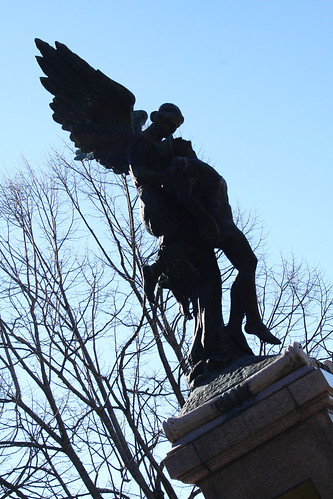
Walking the back streets and through the marketplace:
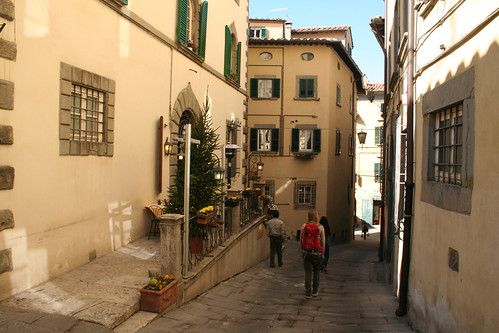

Cortona also has an early Franciscan church, but the real eye-catcher is the church of Santa Margherita, about fifteen minutes' walk up a very steep hill:

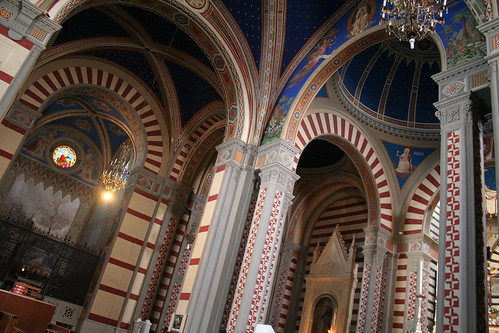

(Obligatory pipe organ photo:)

Our next destination was Montepulciano, famous for red wine.
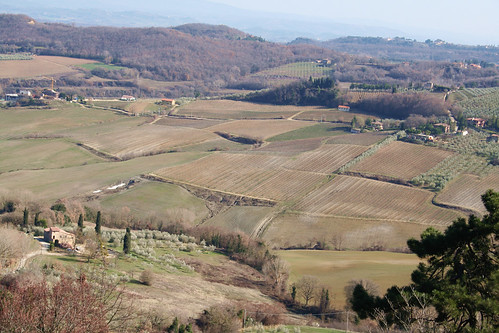
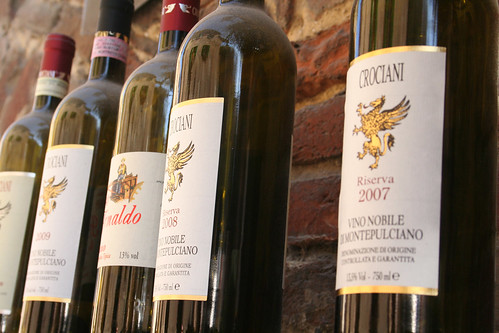
Vino Nobile di Montepulciano is so named because it was traditionally produced by the town's wealthy nobility. These noble families would produce and age their own wines in the cellars beneath their palaces (many of which are still used for this same purpose in modern times).
When you're buying Italian wines such as Vino Nobile, Brunello, or Chianti Classico, always look for the DOCG label! This is usually a pink or green sticker around or along the neck of the bottle, and is an indication not only of quality, but that the wine producers adhere to certain traditional procedures, such as the type of grapes (and methods of cultivation and harvest) and the length and method of aging.
The well in the town's largest piazza is topped with griffins (the symbol of Montepulciano) and lions (symbol of the Medici family—note also the Medici coat of arms). Montepulciano was an ally of Florence, itself ruled (at various times) by the Medici.
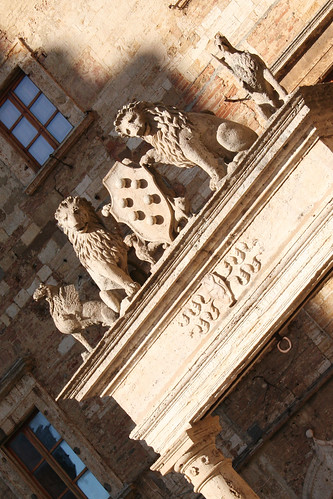
The Palazzo Pubblico and the Duomo in the main square:

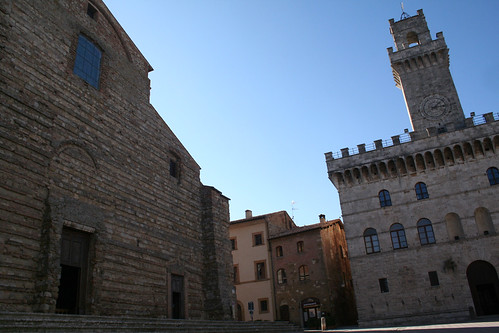

Walking the ancient streets, surrounded by buildings at least five hundred years old:
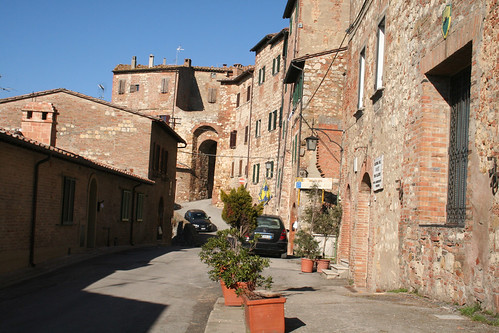
Our last stop was Pienza, a small but elaborately-planned city whose Renaissance-era reconstruction was largely orchestrated by Pope Pio II. It's very, very small, with a trapezoid-shaped piazzal del Duomo and streets all named things like “Via del Giglio” (Lily street) and “Via del Bacio” (Kiss street).

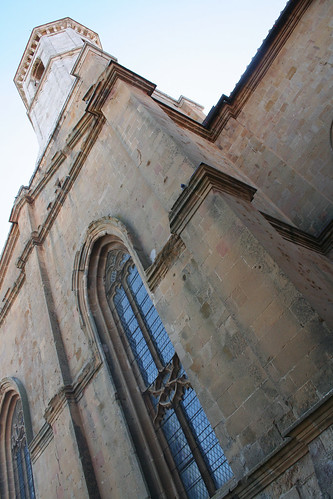
Pienza's specialty is pecorino, or sheep's milk cheese. Pecorino can be fresco (semisoft and unripened), secco (aged and sharp), or infused with all kinds of flavors. The smell of it wafts down every street.
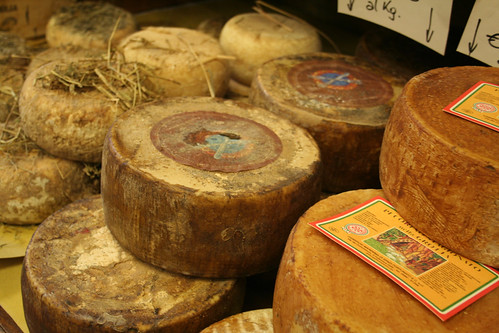
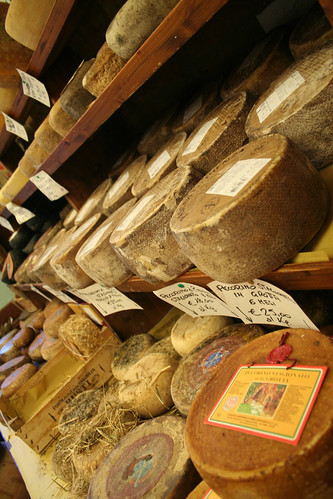
Next up: adventures in the heart of of Chianti.
Bonus photo of my host mom's kitty:

She looks very much like my Mango! Her name is Satri.

No comments:
Post a Comment